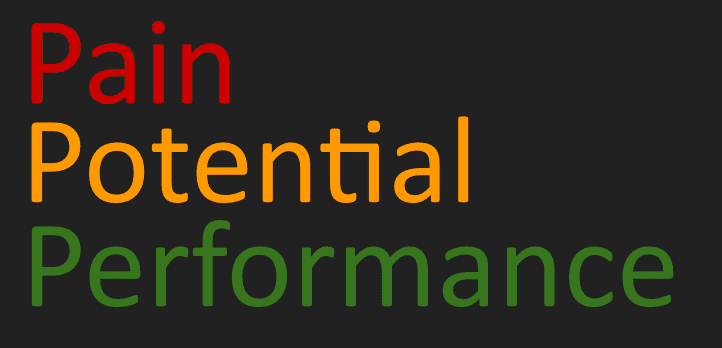Your product shows potential. But does it perform?
Product/market fit is a slippery term. I think of it as follows (3Ps):
Pain
You’ve validated a pain exists and an identifiable group of people are willing to fork over cash to see that problem fixed
Potential
Your product shows potential. That group of people want to give your product a shot. They’re willing to engage with your product/organization in the hopes that it will solve their pain.
Performance
Your product performs. It actually solves / alleviates the pain. It produces valuable outcomes and continues to produce valuable outcomes month after month, year after year. You continue to innovate on your solution to the problem/pain, and realize the potential.
This is why Product/market fit is fluid and hard to pin down, especially when you’re tackling ubiquitous problems.
- Pain is relatively easy. Most pains are known (though some discover pains we didn’t even know we had).
- With some work, teams can develop products that show potential. It’s harder, but doable. The deeper the pain, the more people are willing to take chances on things with potential. Especially in tech, a lot of companies are throwing around money just to try things out.
- Performance is where things get tough. The rubber hits the road. The danger is mistaking pain and potential for performance. Pain and potential can get you reasonably far, certainly past a couple rounds of funding. But it all eventually boils down to performance. Large swaths of startup technology hasn’t advanced beyond the potential phase. Which is OK — there might be a huge upside — but it is what it is.
The lesson: differentiate product potential from product performance when talking about Product Market Fit.
